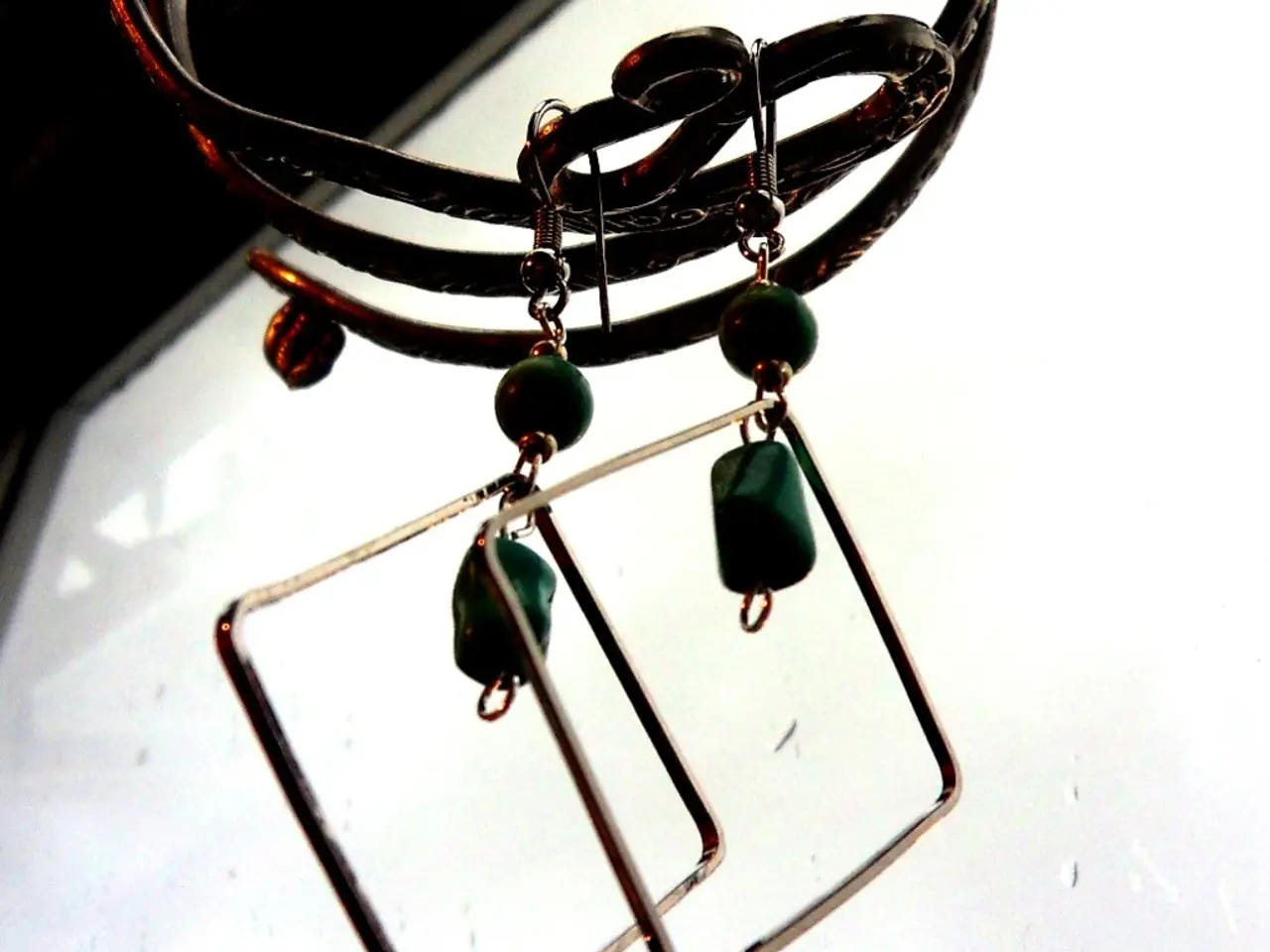Issues with Earwax: Symptoms, Origins, Potential Hazards, and Remedies
Earwax, a vital component of ear health, plays a crucial role in lubricating, cleaning, and protecting the lining of the ear canal. However, an excessive buildup of earwax can lead to a variety of problems, including hearing loss, earache, itchiness, tinnitus, fullness in the ear, vertigo, dizziness, nausea, and a cough.
For those experiencing earwax problems, the best home remedies focus on softening the wax to encourage natural removal and avoiding actions that push wax deeper or cause damage.
Over-the-counter earwax softening drops designed specifically for this purpose can be used. They help to soften the wax so it can move out naturally. Drops may be oil-based or water-based with ingredients like hydrogen peroxide, which releases oxygen to dissolve or break up wax gently.
A very effective alternative to commercial drops is standard cooking olive oil. Using a dropper, two or three drops can be placed in the ear twice daily for 1-2 weeks. Lying with the ear up after instilling the drops helps them spread through the canal. Olive oil is gentle, inexpensive, and safe for most people.
Some people also use saline drops or sprays as a home remedy to loosen wax, though this is less common than oil or commercial drops.
It is important to note that cotton swabs, hairpins, or ear candles should never be used as they can push wax further into the canal, cause damage, or lead to impaction and infection.
Regular ear checks are recommended for those with narrow ear canals, use hearing aids, or frequently experience wax buildup to prevent blockages.
If home remedies do not relieve symptoms such as earache, hearing difficulty, fullness, or tinnitus, seek professional earwax removal. Professionals use safe methods like microsuction, gentle irrigation with warm water, or manual removal with specialized tools, minimizing risk and discomfort.
In summary, softening earwax with olive oil or ear drops and avoiding inserting objects into the ear are the best home approaches for managing earwax buildup and preventing related problems. For persistent or severe issues, professional care is recommended to ensure safe and effective removal.
[1] Mayo Clinic. (2021). Earwax removal. https://www.mayoclinic.org/tests-procedures/earwax-removal/about/pac-20394724 [2] NHS. (2021). Earwax removal. https://www.nhs.uk/conditions/earwax/treatment/ [3] WebMD. (2021). Earwax Removal. https://www.webmd.com/a-to-z-guides/earwax-removal-overview [4] MedlinePlus. (2021). Earwax removal. https://medlineplus.gov/ency/procedure/show/10618.html [5] Cleveland Clinic. (2021). Earwax removal. https://my.clevelandclinic.org/health/treatments/17027-earwax-removal
- excessive earwax buildup can lead to various medical-conditions such as hearing loss, earache, and tinnitus, among others.
- Over-the-counter earwax softening drops are useful for softening wax for natural removal, with ingredients like hydrogen peroxide and oil-based or water-based solutions.
- Olive oil, particularly when used with a dropper, can effectively soften earwax at home, allowing it to move out naturally.
- Saline drops or sprays can also loosen earwax as a home remedy, though less commonly than oil or commercial drops.
- Inserting objects like cotton swabs, hairpins, or ear candles into the ear should be avoided as they can push wax further, cause damage, or lead to impaction and infection.
- Regular ear checks are beneficial for those with narrow ear canals, hearing aid users, or those prone to wax buildup to prevent blockages.
- If home remedies do not alleviate symptoms like earache, hearing difficulty, fullness, or tinnitus, professional earwax removal is advised.
- Professionals use safe methods like microsuction, gentle irrigation, or manual removal with specialized tools to minimize risk and discomfort.
- Health-and-wellness resources like the Mayo Clinic, NHS, WebMD, MedlinePlus, and Cleveland Clinic provide valuable information on earwax removal and related medical-conditions.




